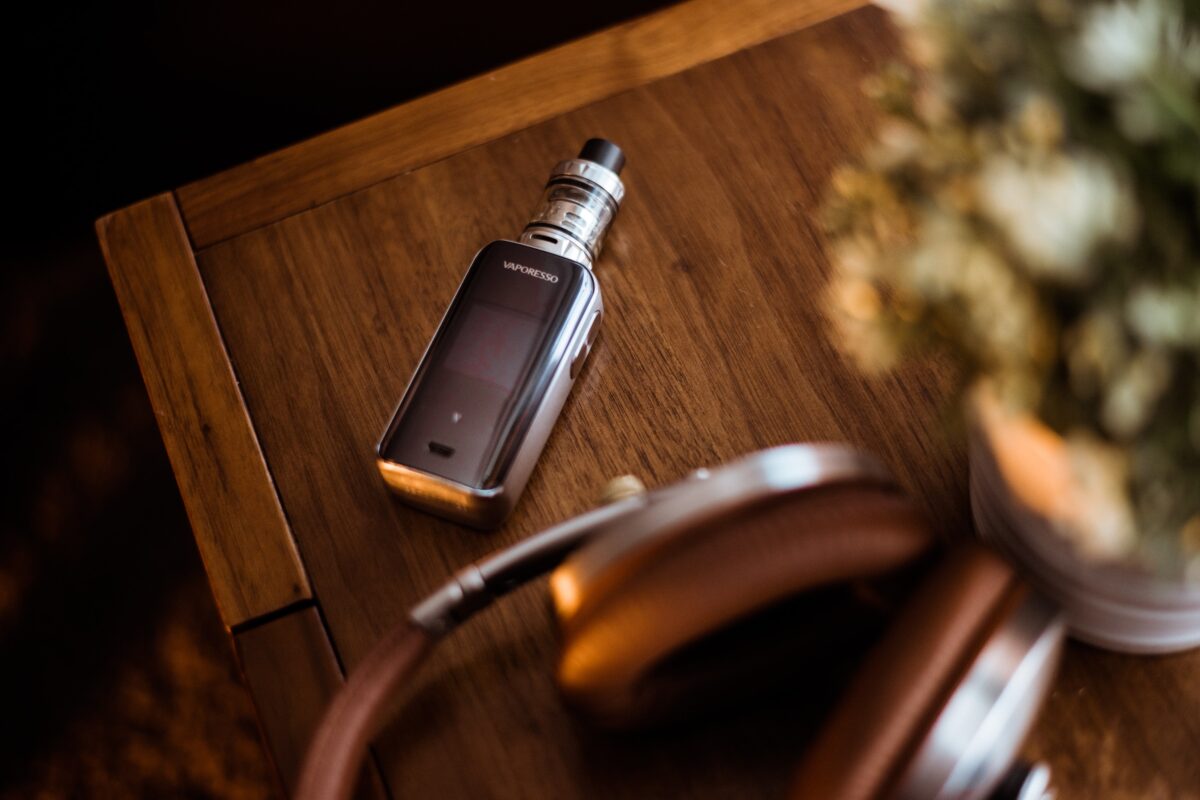E-cigarette/vaping industries have succeeded creating a profit at the expense of the public’s health. And as long as there is money to be made, they won’t rest. But neither will we.
When I stepped into the tobacco prevention scene back in 2008, it was through my role as a public health research assistant at a local university. Our team’s research project was to better understand the perceptions of young adults regarding established and emerging tobacco products.
At the time, the passage of smoke-free laws in restaurants and other public spaces was the latest success for tobacco control efforts. Of course, these laws were a threat to the bottom line of tobacco companies, and in response, we saw the introduction and expansion of smokeless tobacco products, such as snus (a product similar to chewing tobacco) and nicotine lozenges. Not only could these products be used in smoke-free zones, but they were marketed as “harm reduction” strategies.
Then came e-cigarettes. The public health and medical community was already unsure of whether or not smokeless tobacco should be promoted as harm reduction, and by the time any sort of consensus was formed, it was too late. The use of e-cigarettes skyrocketed, only to be followed by vape pens, “mods,” JUULs, and other copycat devices.
Not only does data suggest that electronic nicotine delivery systems, or ENDS, are largely ineffective in helping someone to quit tobacco or nicotine products, but the data also suggests that ENDS may actually fuel and increase addiction to nicotine. So in some cases, users will switch back to lower-cost, combustible tobacco products. Even worse, public health surveillance tells us that young people are initiating nicotine/tobacco use with these products in alarming numbers—rates of initiation that are far higher than what we might have seen with traditional tobacco products.
Today, these devices are dominating national headlines, as we’ve seen a dramatic increase in severe lung illnesses and death resulting from the use of these products. The CDC and partners are investigating the ongoing outbreak of e-cigarette, or vaping, product use–associated lung injury, or “EVALI.” Currently, the overwhelming majority of EVALI patients are white males under the age of 35, and most of them reported using THC-containing products. But because there are still cases attributed to nicotine alone, the CDC recommends persons should consider refraining from use of all e-cigarette, or vaping, products.
Throughout a history spanning almost 100 years, we’ve seen tobacco companies constantly innovating products to evade regulation, or intentionally deceiving the public of tobacco/nicotine-related harms in their marketing and advertising. So, while we applaud the steps taken by agencies such as the CDC and FDA to essentially “crackdown” and restrict and regulate ENDS products, we also know that as long as there is a profit to be made, tobacco and nicotine industries will neither cease to nor slow down their efforts to innovate, evade, and deceive. Despite consistent, and oftentimes sweeping, progress in tobacco control policy over the decades, the tobacco industry has survived.
This duel between profit and public health spans decades, and on that timeline, I’m still a newcomer. And if you’ve been following the trajectory of ENDS as a public health issue, like me, this has been one wild ride. But our followers—and foes—should know that NCADA staff are deeply committed to our mission of preventing and reducing harms associated with substance use. We will continue to monitor ongoing and emerging public health threats, and then work to translate that information in a way that is meaningful and actionable to the public.
Below are some resources related to e-cigarettes and vaping:
National Institute on Drug Abuse Tobacco/Nicotine and Vaping
Centers for Disease Control and Prevention Office on Smoking and Health (OSH)
Outbreak of Lung Injury Associated with the Use of E-Cigarette, or Vaping, Products
1-800-QUIT-NOW
